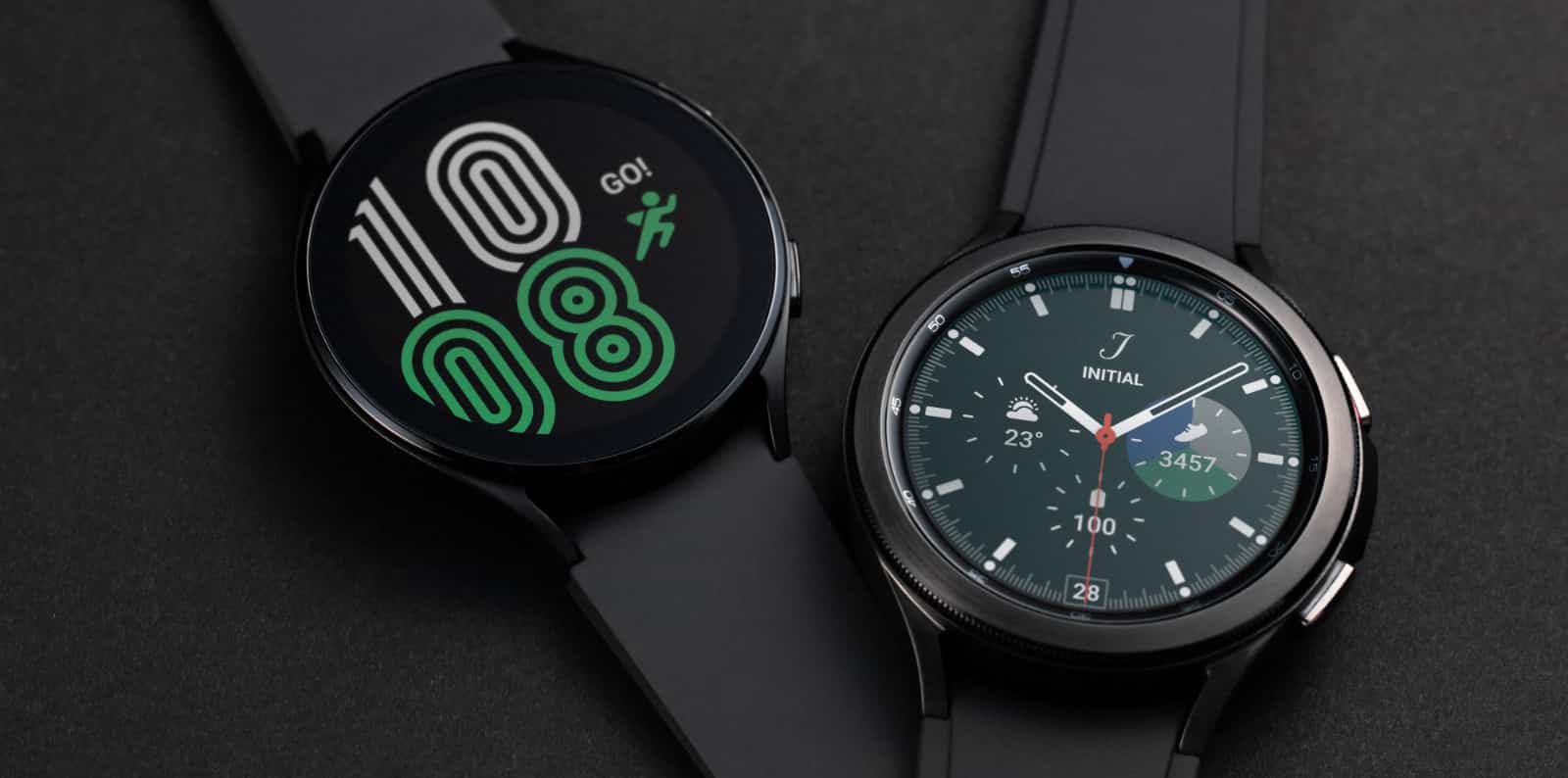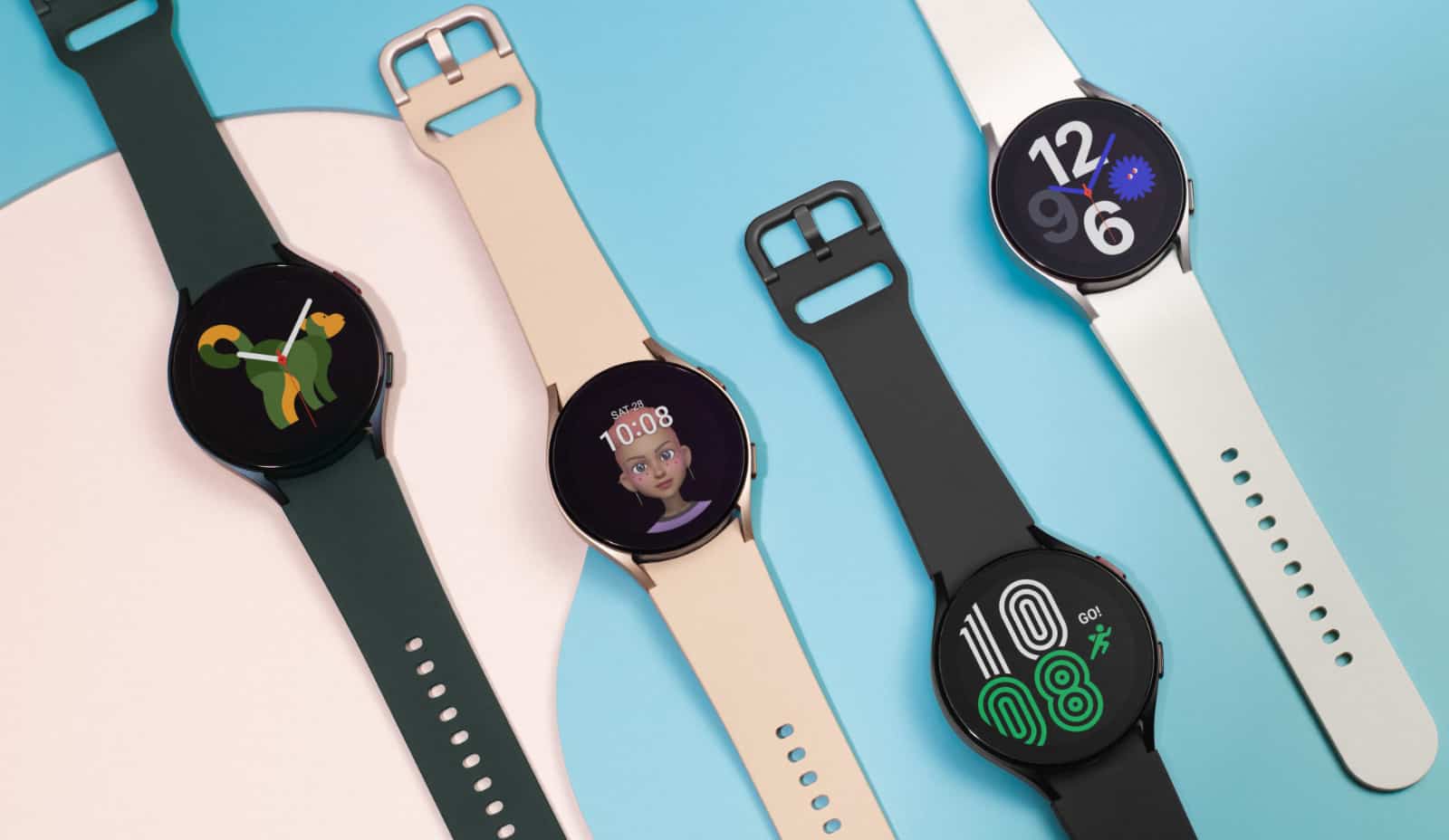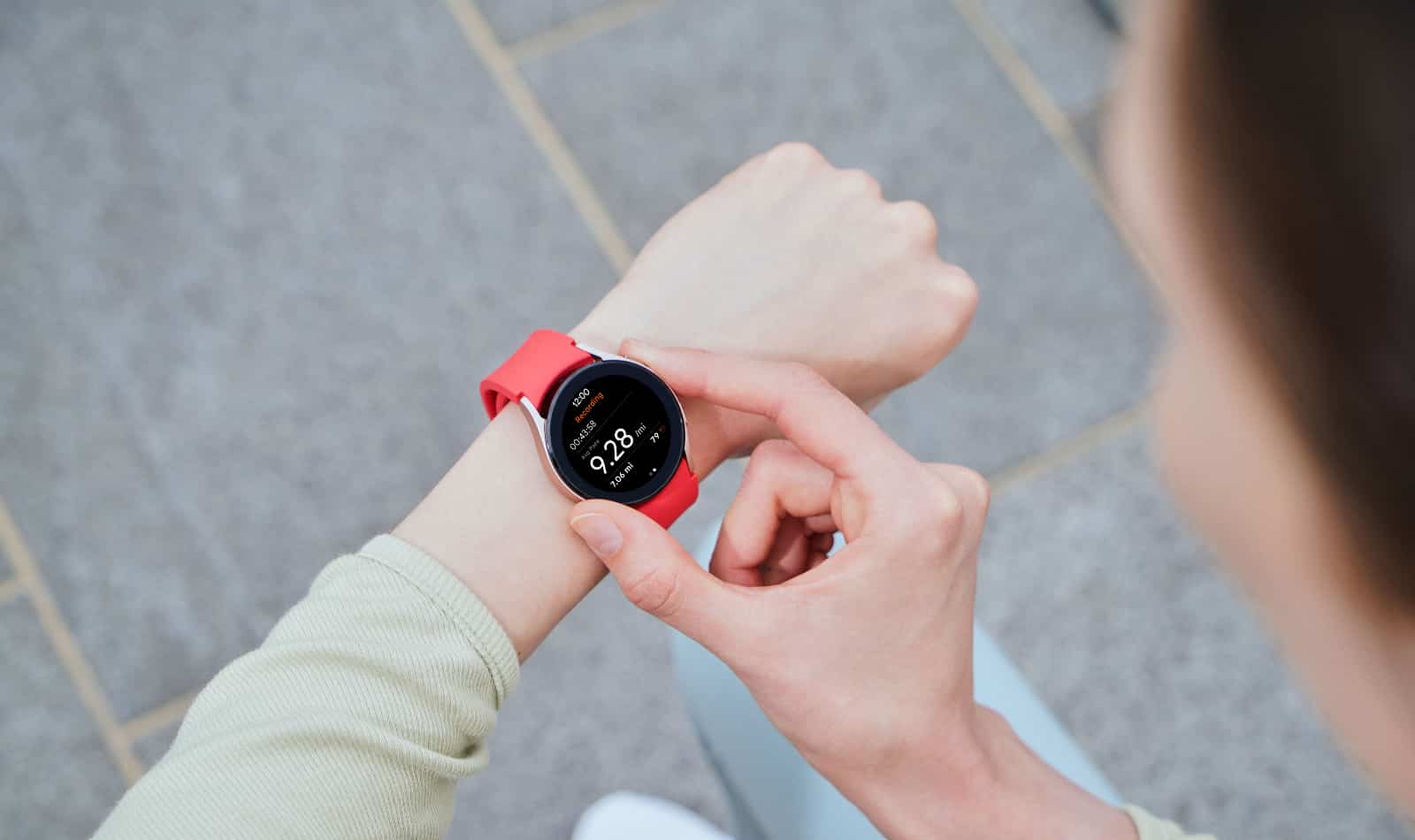Samsung’s smartwatch operating system departs as Google and Samsung collaborate for the Watch 4 and Watch 4 Classic.
It’s been an interesting week if you’re someone who digs Samsung devices, with no less than two phones, a pair of earphones, and a couple of choices for your wrist, as well.
That’s the final bit of news from Samsung’s Galaxy Unpacked event, as Samsung and Google show off what was previewed earlier in the year with its collaboration, a couple of smartwatches that move on from what Samsung built with its own Tizen operating system over the past five years and instead works with Google. Specifically, they’ll work with Wear OS, with a new version of Google’s Android-based wearable operating system complete with Samsung’s One UI, a similar look and feel it has on Samsung phones, yet on a watch.
That’s part of what’s coming to the Galaxy Watch4 and Galaxy Watch4 Classic, both of whic hare similar wearables equipped with the same hardware, but in slightly different designs and styles.
The Watch4 standard delivers either a 40mm or 44m circular Super AMOLED touchscreen covered by Corning’s Gorilla Glass DX+ making it more like the Galaxy Watch Active, while the Watch4 Classic ups it to a 42mm or 46mm variety with the rotational control bezel on the watch, something akin to the Galaxy Watch3 and the previous Gear S3 smartwatch.
In short, Samsung is keeping both styles of its previous smartwatches, with the touchscreen-focused model and circular controller, but changing what goes on in the inside. There’s a Samsung-made Exynos dual core chip here paired with 1.5GB RAM and 16GB storage, with support for WiFi, Bluetooth, GPS, and NFC for support for mobile payments, likely over Google Pay and Samsung Pay, though there’s no Magnetic Stripe Technology here, it seems.
However there is a lot happening in the assortment of sensors, offering light, an accelerometer, a barometer, and something Samsung calls the “BioActive Sensor”, which is a combination between a heart rate sensor, an electrocardiograph (ECG), and a bio electrical impedance analysis sensor for measuring body composition. It’s a combination that could allow Watch 4 owners to see more about your health, analysing muscle mass, the water in your body, body fat percentage, blood oxygen level, heart rate, and more all within seconds.
While promising, there’s still no word on whether Samsung will support the ECG function locally — something we’ve been checking on somewhat regularly — and no listing in the Therapeutic Goods Administration (TGA) database for the Galaxy Watch ECG. That suggests neither the Watch4 or Watch4 Classic will track electrical heart activity, at least initially. We’ve reached out to Samsung in Australia for clarification.
Health technology won’t be the only reason to look at these wearables, though.
They’ll support apps from both Google and Samsung, get notifications from a phone, let you pay for goods, control music, store photos, and more, with support for LTE eSIM variations able to work as a phone, as well, handy if you decide to go for a run and want to leave your phone at home.
“The Galaxy Watch4 and Galaxy Watch4 Classic have been revamped inside and out,” said Garry McGregor, Vice President of the Mobile Division at Samsung in Australia.
“The two distinct fashion-forward designshave been beautifully crafted with everything you need to look and feel your best,” he said. “Featuring a new operating system developed jointly with Google, we know these watches offer the most seamless Galaxy experience to-date across our ecosystem of devices.”
Samsung’s latest also have priced and release dates earmarked for Australia, with the touchscreen-only Watch4 set for $399 and $449 in the Bluetooth and WiFi 40mm and 44mm models, while the 4G LTE variations jump up a hundred dollars more at $499 and $549 for the 40mm and 44mm Watch4 models respectively. Meanwhile, the Watch4 Classic with the rotational bezels will cost $549 and $599 for the Bluetooth and WiFi 42mm and 46mm models, with the LTE variant cost $649 and $699 for the 42mm and 46mm Watch4 Classic, respectively.
Release is set for September 10, alongside the Galaxy Z Flip 3 announcement made earlier, as well as the release of the Galaxy Z Fold 3, as well.









